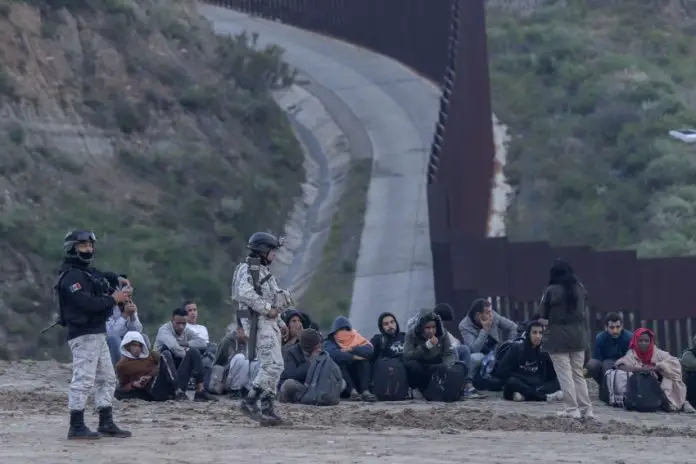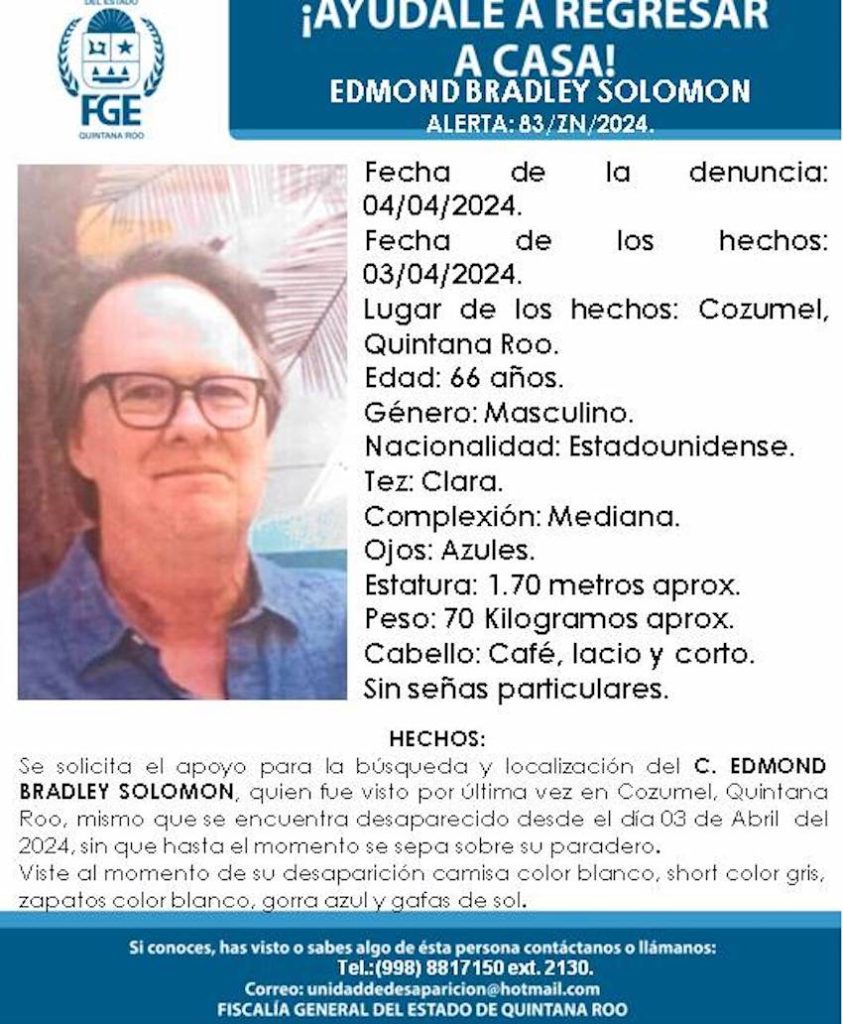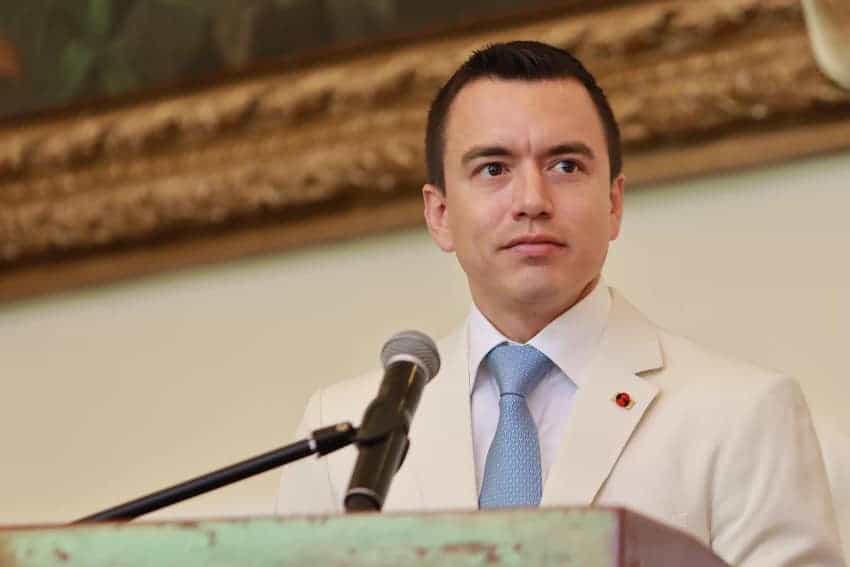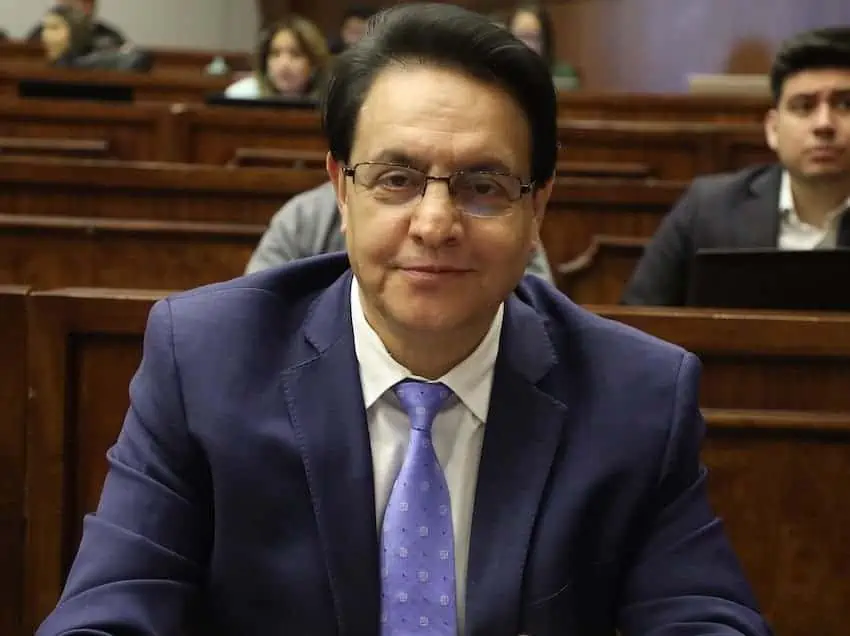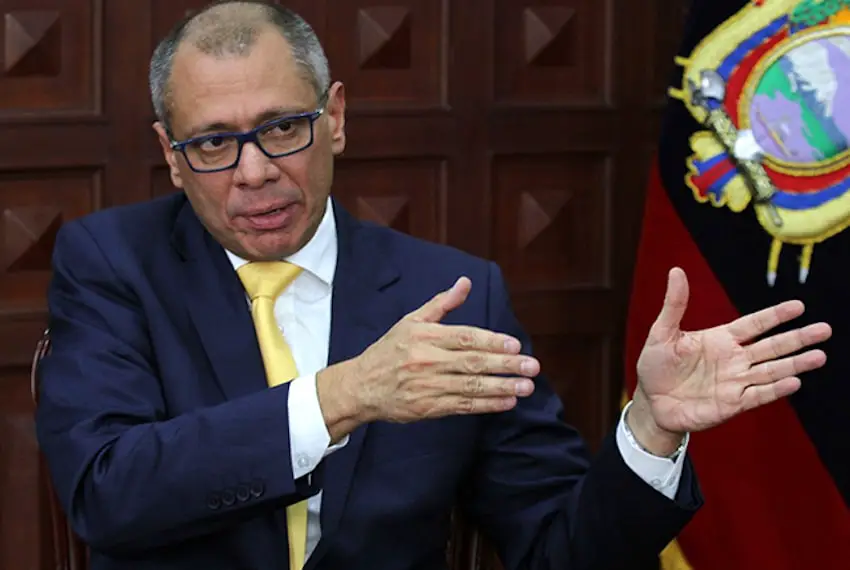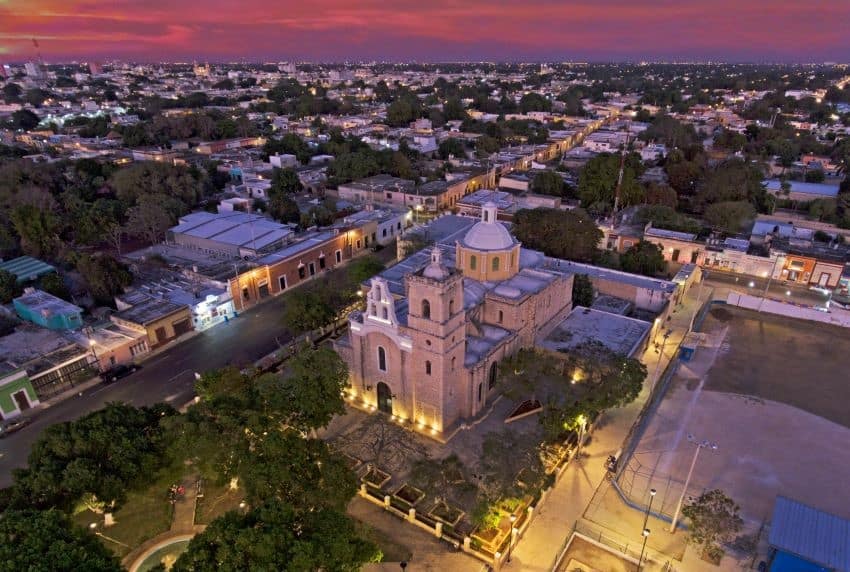In the second part of our journey through San Miguel de Allende’s landmarks, we delve deeper into the heart of this enchanting colonial town. Join us on this overview of sites that have undergone remarkable metamorphoses and define San Miguel’s ageless charm.
Centro Cultural Ignacio Ramírez “El Nigromante”
The Centro Cultural Ignacio Ramírez, also known as Bellas Artes or El Nigromante, is housed in the former convent of the Sisters of the Immaculate Conception, built by María Josefa Lina de la Canal and inaugurated in 1765. However, its religious activities came to a halt following the Reform Laws of 1860, which led to the government seizing church property. In 1914, during the Mexican Revolution, the site functioned as a military barracks, a role it kept through 1936.

In 1938, a private initiative repurposed the building as the Escuela Universitaria de Bellas Artes (University School of Fine Arts). Among the many treasures on display around the striking inner courtyard is the mural “Life and Work of Generalissimo Don Ignacio de Allende,” the independence leader San Miguel is named for. Crafted in 1948 by the iconic Mexican artist David Alfaro Siqueiros while teaching a class to a group of U.S. veterans studying art, this mural showcases the artist’s creative process, as it remains incomplete due to a disagreement with the institute’s director. In 1951, the National Institute of Fine Arts and Literature (INBAL) assumed control of the building and undertook a comprehensive renovation. It opened in 1962 as an arts school that continues to operate to this day.
Instituto Allende

This massive complex was built in 1735 by nobleman Manuel Tomás de la Canal as his manor house, despite his main mansion being just a few blocks away. The institute’s notable façade features a niche displaying the image of the de la Canal family’s patron saint, the Virgin of Loreto. In 1809, the building was acquired by the Discalced Carmelite nuns of Querétaro, who commissioned master architect Manuel Tolsá to remodel it as a neoclassical-style church with Ionic columns. However, construction was halted due to the outbreak of the War of Independence and the absence of a royal confirmatory certificate.
Abandoned until 1949, the same visionaries who had originally created an art school at the former convent transformed this building into the renowned Allende Institute. Since its inauguration in 1951, the high-quality courses offered at this private school have attracted students from around the world. It is also a popular venue for a wide array of events, especially weddings, owing to its striking architecture featuring a central fountain, high arches and picturesque murals.
Fábrica La Aurora
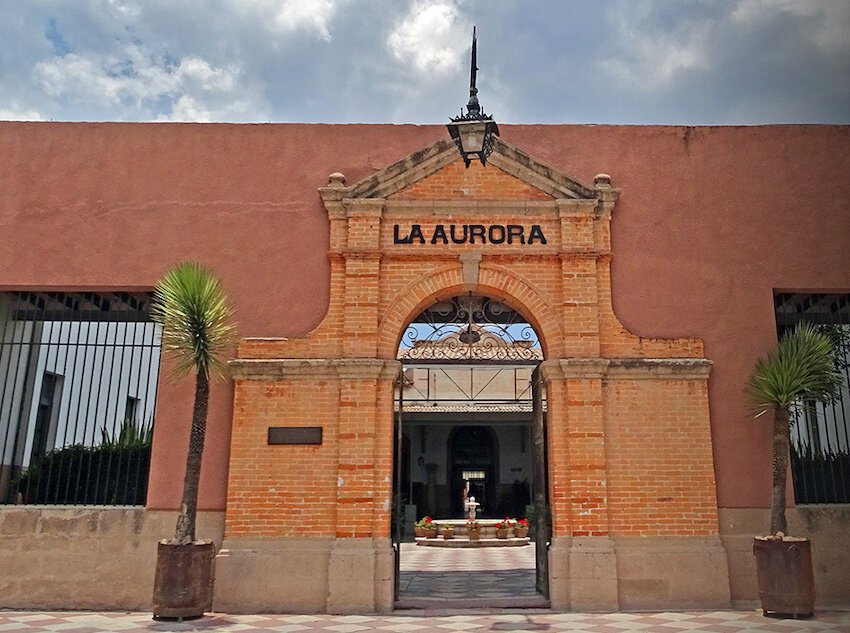
From 1902 to 1991, La Aurora served as a textile factory, processing cotton from northern Mexico into high-quality fabrics distributed nationwide. In 2004, the factory was repurposed as an arts center, and contemporary art galleries, boutiques, antiques, jewelry shops and restaurants now line its corridors, drawing a diverse crowd of visitors. La Aurora’s main attraction is its gallery studios, where artists work and showcase their creations.
A stroll through La Aurora offers a multifaceted experience, from leisurely exploration of its walkways and galleries to conversations with artists in their studios. The walls of the former factory add their unique charm, displaying the marks of the building’s industrial past. Renowned national and international artists have found a haven here where they can nurture their creativity and share their work with the world.
El Charco del Ingenio

In 1990, a nonprofit organization turned 67 hectares of land on the edge of San Miguel into the botanical garden and nature reserve known as El Charco del Ingenio. The sanctuary hosts a thriving ecosystem of plants and wildlife, playing a vital role in raising awareness on environmental stewardship. Despite its proximity to the city, this peaceful oasis offers a tranquil retreat that visitors can explore freely along a network of trails. In addition to the varied array of species that flourish here naturally, the botanical garden preserves an extensive collection of rare and endangered plants.
The canyon, with its rocky formations, caves, pools and cliffs, is intersected by a seasonal stream and nourished by a permanent water source at its center. Scrubland covers the elevated slopes surrounding the ravine and the dam, dominating much of the conservation area’s landscape. The site also preserves traces of the area’s history, including pre-Columbian ceramics and lithics found along its ravine. In 2004, during a visit to Mexico, the Dalai Lama designated El Charco del Ingenio as a Peace Zone, a space free of violence and weapons and dedicated to conservation and community development.
These sites offer a journey through time, where a glorious past intertwines with the vibrant energy of the present. Serving as windows into the resilient soul of San Miguel de Allende, they demonstrate how a city can gracefully evolve while upholding a profound reverence for its essence.
Sandra Gancz Kahan is a Mexican writer and translator based in San Miguel de Allende who specializes in mental health and humanitarian aid. She believes in the power of language to foster compassion and understanding across cultures. She can be reached at: [email protected]












